All rules are made to be broken… isn’t that what they say? The same is true for composition rules and landscape photography. When landscape photographers first start shooting nature photos, the rules are drilled into us by the instructors and mentors. Don’t shoot during midday. Make sure everything is sharply in focus. Eventually, we all come to realize that these rules are simply guidelines to help beginners get started. As a nature and landscape photographer’s skills and creative vision grows, then it becomes time to go past these guidelines in order to create some unique and compelling nature images.
Landscape Photography Composition Rules
Composition rules might make a photo more appealing, and it’s important to know the rules in landscape photography. However, are there times when it’s perfectly acceptable to break the rules? Nature and landscape photography is an art form. You need to be able to find the beauty in the scene before you and present it in your own way.
The Rule: Reflected light should never be brighter than its source.
Why we broke it: In reality, the reflected light in the pool wasn’t as bright as the light in the sky. Although, I made an artistic choice to let it go a little brighter because I wanted to draw the viewer’s attention toward that area of the image.

The Rules: Never use direct flash and always place your point of interest off-center.
Why we broke them: Let’s start with the flash. For this shot, I needed bright light inside the cabin in order to match the exposure indoors to the exposure outdoors. I used the flash on my camera to light the interior of the cabin. Then, in post-processing, I reduced the contrast inside the cabin in order to reduce the extreme lighting. I broke the direct flash rule because I didn’t have any other light available. As for the centered point of interest – that came down to personal preference. I felt that a centered composition worked well in this case.

The Rule: Never center the horizon. Use the rule-of-thirds to place it in the top or bottom third of the composition.
Why we broke it: For this particular shot, I wanted to capture both the reflection and the sky. By placing the horizon at the top third or the bottom third, it would have been necessary to sacrifice either part of the reflection or part of the sky.
Maybe you’ve had other photographers comment on rules that you’ve broken with your landscape photography. Although, it’s important to remember that the rules are often more important to other artists than they are to potential buyers. So let your eye be your guide. Shoot what feels right to you.
Shoot at Midday
How many times have we heard that the best time to shoot photos is during the golden hours? While this is correct, it’s not the only time to shoot. Sometimes the best time to take a photo is during the middle of the day when the sun is directly overhead. This is exactly what we did on our a trip to Mana Island in Fiji. We used the midday sun to bring out the deep blue and turquoise colors in the water.
The image on the right was taken during the golden hour. Notice that the colors on the water take on the warm tones seen during that time of day. The image on the left (taken on the same beach during midday) brings out the deep blue and turquoise colors in the water.
Capture Out-of-Focus Photos
Make sure your photos are sharp! Focusing is one of the first technical skills that you learn and for a good reason. After all, you want to be able to see your photos’ sharp details and textures. This is especially true if you are using a wide-angle lens to capture the images. But there are times when out-of-focus photos create a dreamy or artistic effect.
Above, we used a high speed out-of-focus approach to capture the seashell on the shore. By keeping the background blurred, I was able to give the viewers a sense of place.
Use High Shutter Speed
When we think about landscape photography, the first thing that comes to mind is slow shutter speeds to smooth the flow of the water. Photos taken with a high shutter speed rarely enter the mind of a landscape photographer. But a little out-of-the-box thinking allows you see that high shutter speeds can be used to get some awesome and creative shots.
Above is a photograph on the left of a crab sitting on the rock, which is a rather boring shot. It felt only a little more than a snapshot. But when I used a high shutter speed to capture the same crab with waves about to crash down on him (right), it transforms the snapshot into something more interesting that holds the viewer’s attention.
Include Man-made Objects
Yes, we all know many competitions and camera clubs do not allow the inclusion of man-made elements in landscape and nature photos. However, including people and/or man-made elements can add a strong point of interest. Below is a photo of Moulton Barn near Grand Tetons National Park, Wyoming. By including this barn in the shot, I created a point of interest in the photo that was lacking.
You can also use man-made elements (such as fences, trails, boardwalks) to create leading lines in your image like I did in the photo from Mombacho’s cloud forest in Nicaragua.
So next time you are out in the field… don’t be afraid to experiment by tossing out some of the typical landscape photography rules. You might just come away with something unique and wonderful.
Visual Wilderness https://ift.tt/39wGKDm
Sourced by Time Trap Photography sharing the best photography tips, news and tricks throughout the industry. Time Trap Photography is dedicated to freezing those special moments in life that can be revisited and admired for generations to come. - Shannon Bourque
Please visit our main site for booking availability and rates.

Receive valuable industry knowledge delivered free to your email each day.


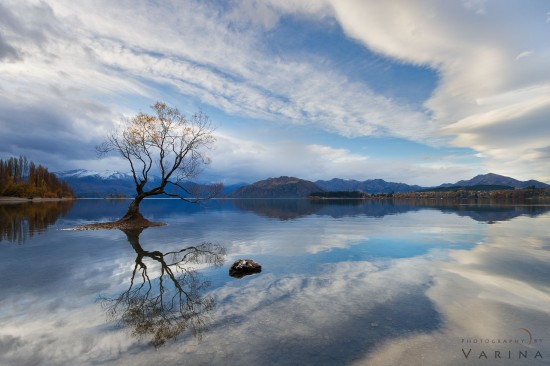
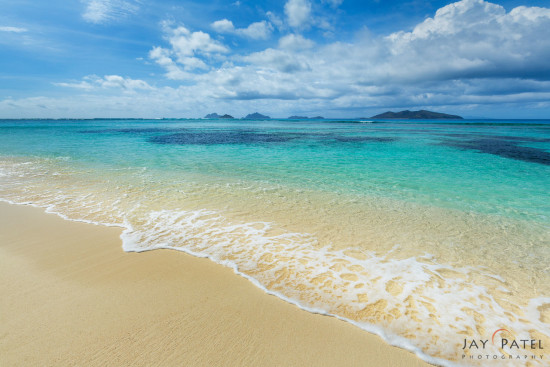
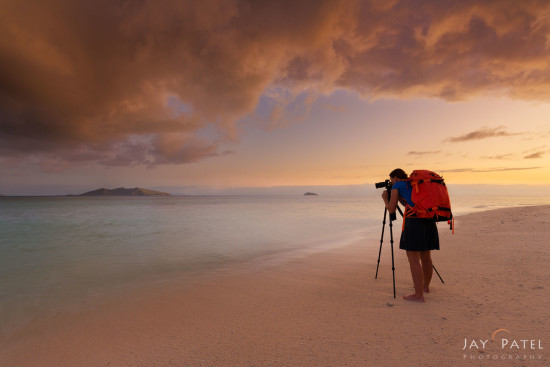
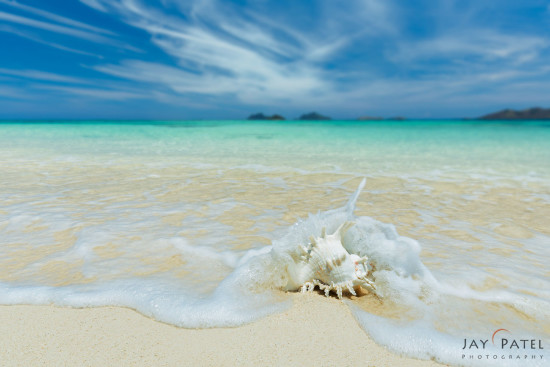
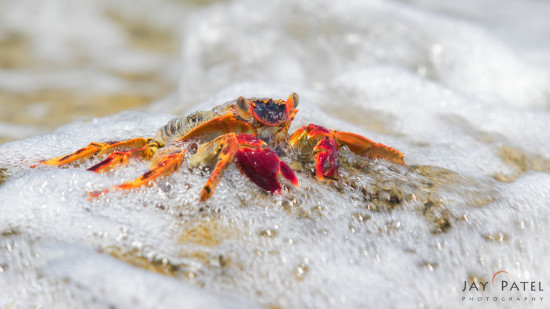
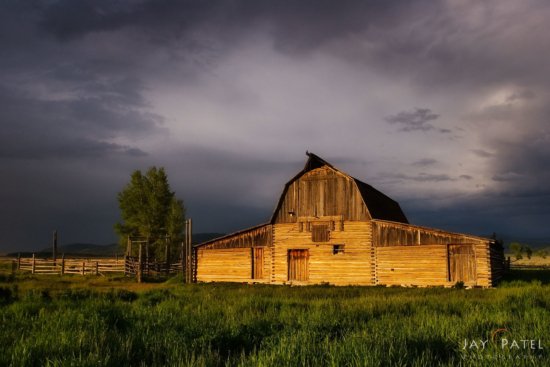
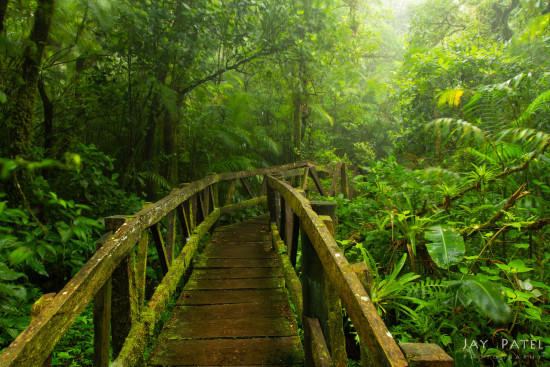




No comments:
Post a Comment
Thank you so much for your comment. A moderator will review and approve all relevant posts. We appreciate your support and encourage you to stay with us by subscribing to our email updates. Where you can easily pick and choose what photography subjects interests you. Subscription link: http://bit.ly/photo-sub